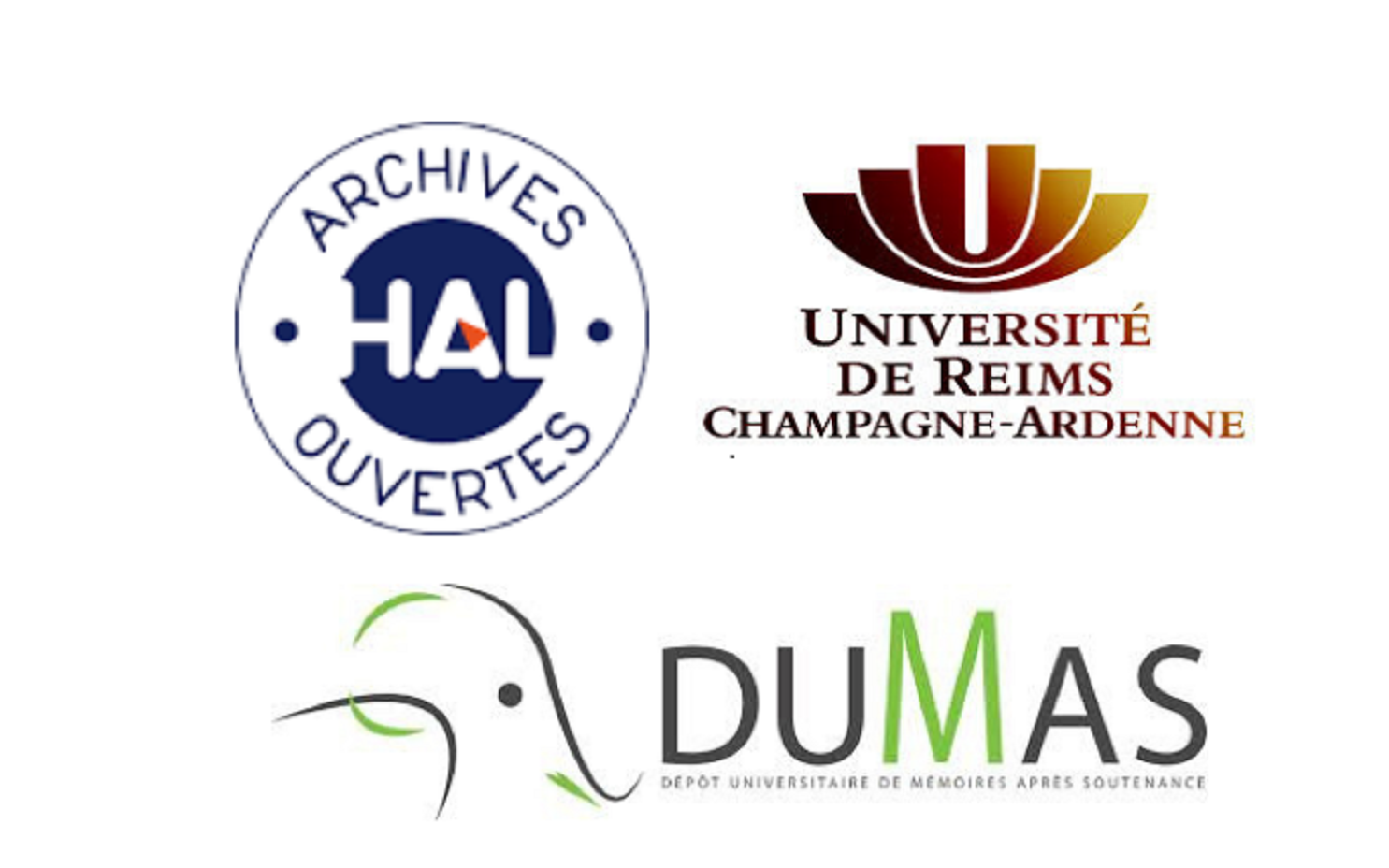L'extension du plateau continental : la Commission des limites du plateau continental des Nations Unies face aux enjeux contemporains
Résumé
The maritime spaces have always arouse a certain interest for the coastal States. The appropriation of maritime spaces is at the heart of an tremendous infatuation, especially since the United Nations Convention on the Law of the Sea signed in Montego Bay in 1982 (UNCLOS). This Convention setted up the notion of Exclusive economic zone (EEZ), an area of 200 nautical miles where the States have the right to exert its juridiction over the natural ressources. The new Eldorado of the maritime space's appropration is the extension of the continental shelf, that is the possibility for a coastal State which have a continental shelf (a natural prolongation of the land territory) to extend its juridiction beyond the 200 nautical miles up to a limit which may never exceed 350 nautical miles. The extension of the continental shelf give the right to explore and to harvest the natural ressources of the subsoil of the continental shelf. The extention obtains tremendous stakes for the concerned coastal States. The main interest for the States is the access to this ressources, in the first place oil, gas and minerals. Those ressources constitute enormous assets inasmuch as their highest strategic importance into our current society, which is widely tributary to them. However, the coastal States are not free in the extension of their juridiction beyond 200 nautical miles, this extension should be the subject to a procedure fixed by the United Nations. They have absolutely to submit a request of extension to a UN scientifical and technical commission created by the UNCLOS : The Commission on the Limits of the Continental Shelf (CLCS, or "the Commission"). This Commission is in charge of the examination of the submissions and give technical and scientifical advices called "recommandations". Then, if the request has not been rejected by the Commission, the coastal States should define the limits of their continental shelf according to the recommandations of the Commission and so extend their jurisdiction beyond 200 nautical miles. The aim of this work is to analyze the stakes of the extension of the continental shelf for the States and the work of the Commission according to the submissions.
Les espaces maritimes ont toujours suscité un intérêt certain pour les États côtiers. L'appropriation des espaces maritimes est au cœur d'un engouement considérable notamment depuis la Convention de Montego Bay de 1982, avec la mise en place de la zone exclusive économique (ZEE), une zone de 200 milles nautiques (370 kilomètres) à partir des côtes dans laquelle l'État peut exercer sa juridiction sur les ressources naturelles. Le nouvel Eldorado de l'appropriation des espaces maritimes réside dans l'extension du plateau continental, c'est-à-dire la possibilité pour un État côtier possédant un plateau continental (un prolongement naturel de son territoire) s'enfouissant profondément sous la mer, d'étendre sa juridiction au-delà des 200 milles nautiques de la ZEE jusqu'à une limite maximale fixée à 350 milles nautiques. L'extension du plateau continental donne des droits d'exploration et d'exploitation des sols sous-sols marins, elle procure donc des enjeux considérables pour les États côtiers concernés. L'intérêt principal est l'accès à certaines ressources du plateau continental étendu, et en premier lieu le pétrole, le gaz et les minerais. Ces ressources constituent des atouts considérables pour les États côtiers compte tenu de leur importance hautement stratégique dans une société dont le fonctionnement est largement tributaire de celles-ci. Cependant, les États côtiers ne sont pas libres d'étendre leur juridiction au-delà de 200 milles nautiques, cette extension doit faire l'objet d'une procédure précise imposée par les Nations Unies. Ainsi, les États doivent impérativement soumettre un dossier d'extension auprès d'un organe scientifique et technique onusien, créé par la Convention de Montego Bay : la Commission des limites du plateau continental (CLPC, ou "la Commission"). Cette Commission est chargée d'étudier les dossiers d'extension et doit rendre des avis scientifiques, des "recommandations". Si leur dossier n'a pas été rejeté, les États côtiers doivent par la suite se baser sur ces recommandations pour définir la limite extérieure du plateau continental, c'est-à-dire la limite de leur juridiction au-delà des 200 milles nautiques. L'objectif de ce mémoire est l'analyse des enjeux de l'extension du plateau continental pour les États côtiers ainsi que des travaux de la Commission relatifs aux dossiers reçus.
Loading...
